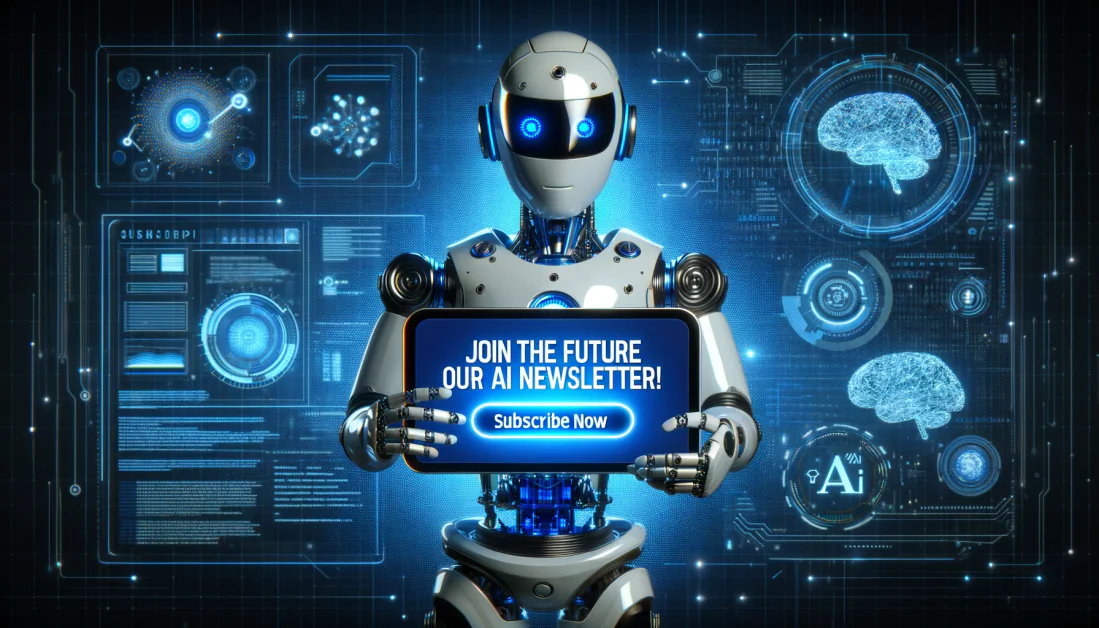Artificial Intelligence (AI) holds significant potential in the healthcare sector, offering advancements in diagnostic accuracy, workload reduction, and improved patient outcomes. Despite these advantages, there is a reluctance to adopt AI in medicine. This reluctance primarily arises from a lack of trust among healthcare professionals, who are worried about job displacement due to AI’s superior performance in various tasks and the intricate, opaque nature of AI systems. These “black box” technologies often lack transparency, making it challenging for doctors to fully rely on them, especially when errors could have severe health consequences. While efforts are underway to enhance understanding of AI, bridging the gap between its technical complexity and the intuitive comprehension required by medical practitioners remains a challenge. This article delves into a novel approach to AI-driven medical diagnostics, focusing on strategies to enhance trustworthiness and acceptance among healthcare professionals.
Why Do Doctors Distrust AI Diagnostics?
Recent advancements in AI-based medical diagnostics aim to automate the entire diagnostic process, effectively assuming the role of a medical expert. In this end-to-end approach, a single model handles the entire diagnostic process, from input to output. An example of this approach is an AI system trained to generate medical reports by analyzing images such as chest X-rays, CT scans, or MRIs. In this model, AI algorithms carry out various tasks, including detecting medical biomarkers, making decisions based on the detected information, and producing diagnostic reports describing the health condition, all within a single task.
While this approach can streamline diagnostic processes, reduce diagnosis time, and potentially enhance accuracy by eliminating human biases and errors, it also comes with significant drawbacks that affect its acceptance and implementation in healthcare:
- Fear of Being Replaced by AI: Healthcare professionals are primarily concerned about the risk of job displacement. As AI systems become more proficient in tasks traditionally handled by medical experts, there is apprehension that these technologies may replace human roles. This fear can lead to resistance against adopting AI solutions, as medical professionals fret about job security and potential devaluation of their expertise.
- Mistrust Due to Lack of Transparency (the “Black Box” Issue): AI models, especially complex ones used in medical diagnostics, often function as “black boxes.” This means that the decision-making processes of these models are not easily understandable or interpretable by humans. Medical professionals find it hard to trust AI systems when they cannot see or comprehend how a diagnosis was made. This lack of transparency can result in skepticism and hesitancy to rely on AI for critical health decisions, as any error could have serious consequences for patient health.
- Need for Significant Oversight to Manage Risks: The use of AI in medical diagnostics requires substantial oversight to mitigate the risks associated with incorrect diagnoses. AI systems are fallible and can make errors due to issues like biased training data, technical glitches, or unforeseen scenarios. These errors can lead to inaccurate diagnoses, resulting in inappropriate treatments or missed critical conditions. Hence, human oversight is crucial to review AI-generated diagnoses and ensure accuracy, adding to the workload rather than reducing it.
How Interactive AI Can Build Doctors’ Trust in AI Diagnostics?
Before delving into how interactive AI can foster trust in AI diagnostics, it is essential to define the term within this context. Interactive AI refers to an AI system that permits doctors to interact with it by posing specific queries or carrying out tasks to aid decision-making. Unlike end-to-end AI systems that automate the entire diagnostic process and take on the role of a medical expert, interactive AI acts as a supportive tool. It assists doctors in performing their tasks more efficiently without entirely replacing their role.
In radiology, for example, interactive AI can assist radiologists by pinpointing areas that necessitate closer examination, such as abnormal tissues or atypical patterns. The AI can also assess the severity of detected biomarkers, offering detailed metrics and visualizations to aid in evaluating the condition’s seriousness. Additionally, radiologists can ask the AI to compare current MRI scans with previous ones to monitor the progression of a condition, with the AI highlighting changes over time.
Therefore, interactive AI systems empower healthcare professionals to leverage AI’s analytical capabilities while retaining control over the diagnostic process. Doctors can request specific information, seek analyses, or ask for recommendations from the AI, enabling them to make informed decisions based on AI insights. This interaction cultivates a collaborative environment where AI enhances the doctor’s expertise without displacing it.
Interactive AI has the potential to address doctors’ mistrust in AI in the following ways.
- Alleviating the Fear of Job Displacement: Interactive AI tackles the job displacement apprehension by positioning itself as a supportive tool rather than a replacement for medical professionals. It enhances doctors’ capabilities without supplanting their roles, thus alleviating fears of job displacement and emphasizing the value of human expertise alongside AI.
- Building Trust with Transparent Diagnostics: Interactive AI systems are more transparent and user-friendly compared to end-to-end AI diagnostics. These systems carry out smaller, more manageable tasks that doctors can easily verify. For instance, a doctor could request an interactive AI system to detect the presence of carcinoma—a kind of cancer that manifests on chest X-rays as a nodule or abnormal mass—and verify the AI’s response without difficulty. Moreover, interactive AI can offer textual explanations for its reasoning and conclusions. By enabling doctors to ask specific questions and receive detailed explanations of the AI’s analysis and recommendations, these systems elucidate the decision-making process. This enhanced transparency fosters trust, as doctors can observe and comprehend how the AI arrives at its conclusions.
- Enhancing Human Oversight in Diagnostics: Interactive AI upholds the vital element of human oversight. Since the AI acts as an assistant rather than an autonomous decision-maker, doctors remain integral to the diagnostic process. This collaborative approach ensures that any AI-generated insights are meticulously reviewed and validated by human experts, thereby mitigating risks associated with incorrect diagnoses and upholding high standards of patient care.
The Bottom Line
Interactive AI has the potential to revolutionize healthcare by enhancing diagnostic accuracy, reducing workloads, and improving patient outcomes. However, for AI to be fully embraced in the medical realm, it must address the concerns of healthcare professionals, particularly fears of job displacement and the opacity of “black box” systems. By positioning AI as a supportive tool, fostering transparency, and upholding essential human oversight, interactive AI can cultivate trust among doctors. This collaborative approach ensures that AI supplements rather than replaces medical expertise, ultimately leading to superior patient care and increased acceptance of AI technologies in healthcare.




